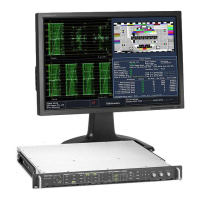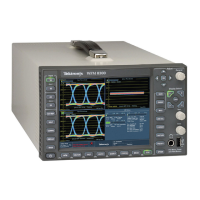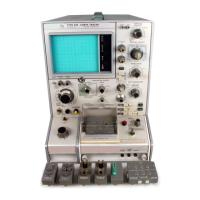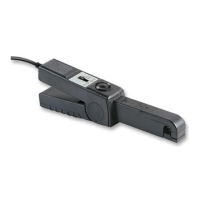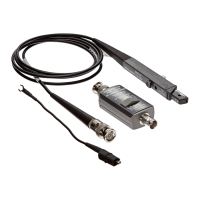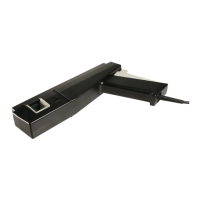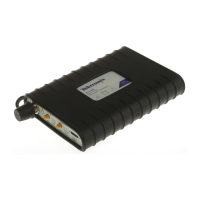Checking Gamut
4. Use the arrow keys and SEL button to
set the menu to one of these three gamut
displays:
Diamond. Use t
o detect, isolate,
and correct RG B component gamut
errors.
Split Diamond. Use to reveal
hard-to-find
black gamut errors.
Arrowhead.
Use to detect composite
gamut errors, w ithout employing a
composite encoder.
5. Press the GAMUT button to c lose the
menu.
Checking RGB Gamut
The D iamond display effectively shows
how the R
, G, and B signals relate, making
it a good tool for detecting gamut errors.
The instrument converts the Y, P
b,
and P
r
compone
nts recovered from the serial signal
to R, G, and B to form the Diamond display.
To predictably display all three components,
they mu
st lie between peak white, 700 mV,
and black, 0 V.
For a signal to be in gamut, all signal vectors
must l
ie within the G-B and G-R diamonds.
Conversely, if a signal vector extends outside
the diamond, it is outofgamut. The direction
of an e
xcursion outofgamut indicates
which signal is excessive. Errors in green
amplitude affect both diamonds equally,
whil
e blue amplitude errors affect only the
top diamond and red errors affect only the
bottom diamond.
WFM4000 and WFM5000 Waveform Monitors User Manual 33
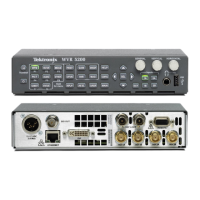
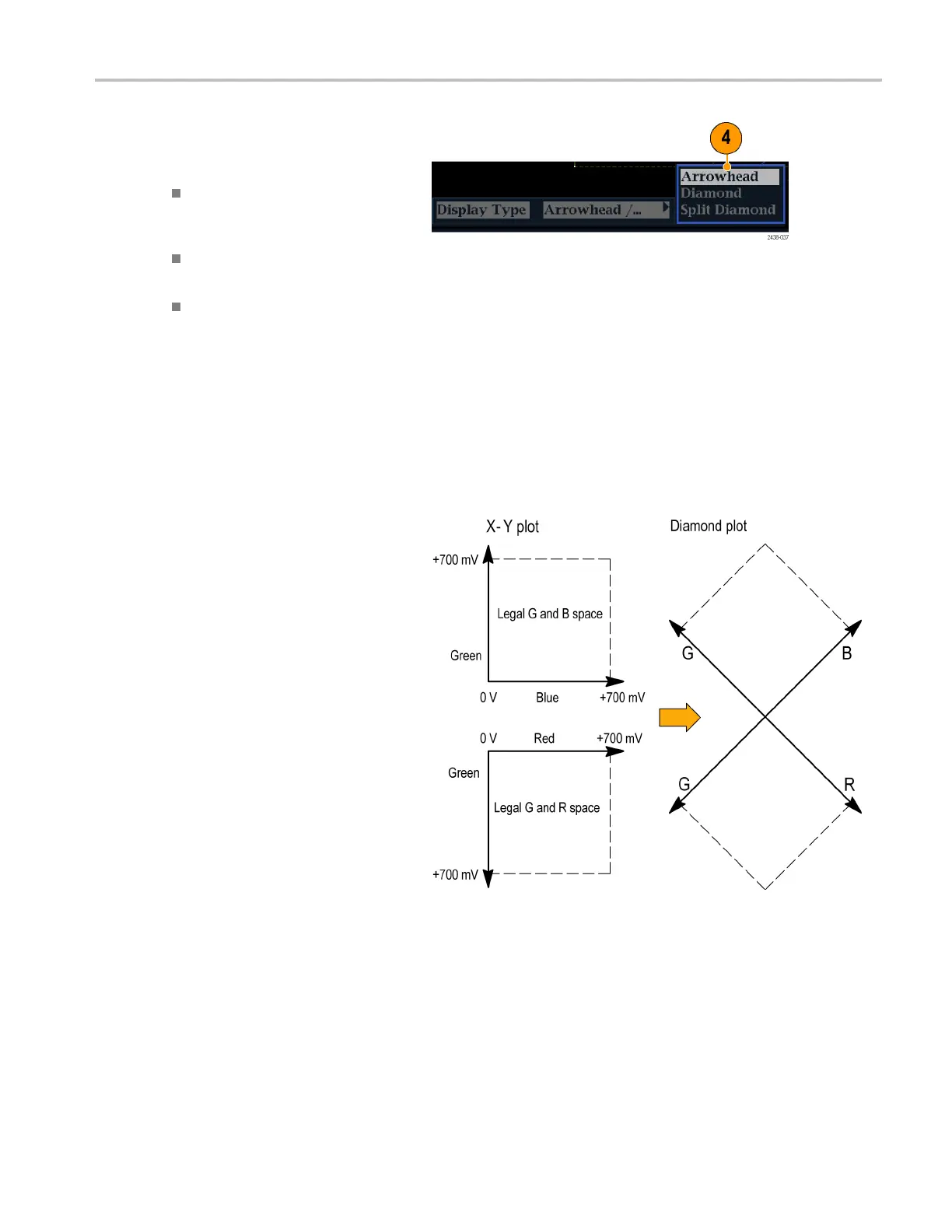